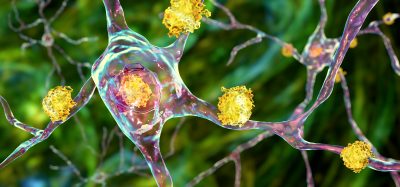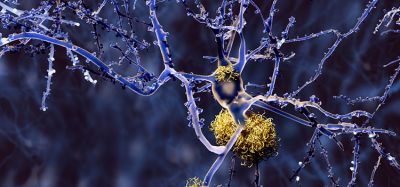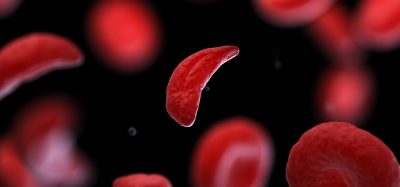CRISPR activation: quicker diagnosis of rare genetic diseases
Posted: 26 January 2024 | Drug Target Review | No comments yet
Using CRISPRa to activate genes in readily accessible cells provides an effective and accurate diagnosis of genetic diseases.


Scientists at the Aarhus University have used CRISPR activation (CRISPRa) technology to make a faster and more efficient diagnosis of rare genetic diseases.
There are more than 7,000 different rare genetic diseases, which are often difficult to diagnose. To overcome this, the team used CRISPR to activate genes in readily accessible cells, like skin or blood, to measure whether messenger RNA (mRNA) is correctly assembled in a process known as splicing. This is a significant advance because 19 percent of disease-associated genes are inactive in easily accessible tissues.
Dr Uffe Birk Jensen, Clinical Professor, Chair and consultant at the Department of Clinical Medicine at Aarhus University and Aarhus University Hospital, explained: “This means that until now, we have not been able to properly investigate the genes because they are only active in specific tissues, such as the nervous system, and this is a major obstacle when it comes to understanding whether a particular gene variant is the cause of a patient’s disease.”
In collaboration with Dr Rasmus Bak, Associate Professor at the Department of Biomedicine, it was possible to activate the myelin protein zero (MPZ) gene, which is only expressed in Schwann cells of the peripheral nerves, and the spastin gene (SPAST), which is mostly expressed in the central nervous system (CNS). The team showed how CRISPRa strongly upregulated MPZ and SPAST transcription in skin cells, which enabled splice variant profiling.
“With CRISPR activation, the gene can be turned on in a natural environment. There’s no need for gene modification in cell models; one can simply take a sample from the patient. The same method can be used for different patients and easily adapted to other genes, and the advantage is that it’s very fast with the possibility of results within a few weeks,” detailed Dr Jensen.
A key difficulty in diagnosing rare genetic diseases is their complex and frequently hidden nature. They can be caused by a wide range of genetic variants, many of which are rare or unique to the individual patient, meaning it is challenging to identify the specific cause of a patient’s symptoms. Before this study, the process required extensive genetic analyses and time to compare the patient’s genetic makeup with known disease patterns.
Furthermore, numerous affected genes are not active in common test tissues like blood and skin, making it harder to get a clear understanding of the genetic basis of diseases and prolonging the start of appropriate treatment.
The researchers hope that the new method will provide more effective, accurate, and accessible diagnosis of genetic diseases. Dr Thorkild Terkelsen, from the Department of Biomedicine and co-author of the study, explained: “We are already working on introducing the new technology as a diagnostic method in the clinic. In this way, the technology can contribute to making the right diagnosis when we find possible splicing variants,” He added that the team is already exploring the broader potential of the method.
“We will, among other things, validate a larger panel of genes to see how the technique can be expanded and make adjustments so the technique becomes even easier to use in the clinic.”
The study was published in The American Journal of Human Genetics.
Related conditions
Genetic diseases
Related organisations
Aarhus University








